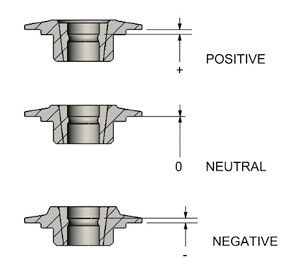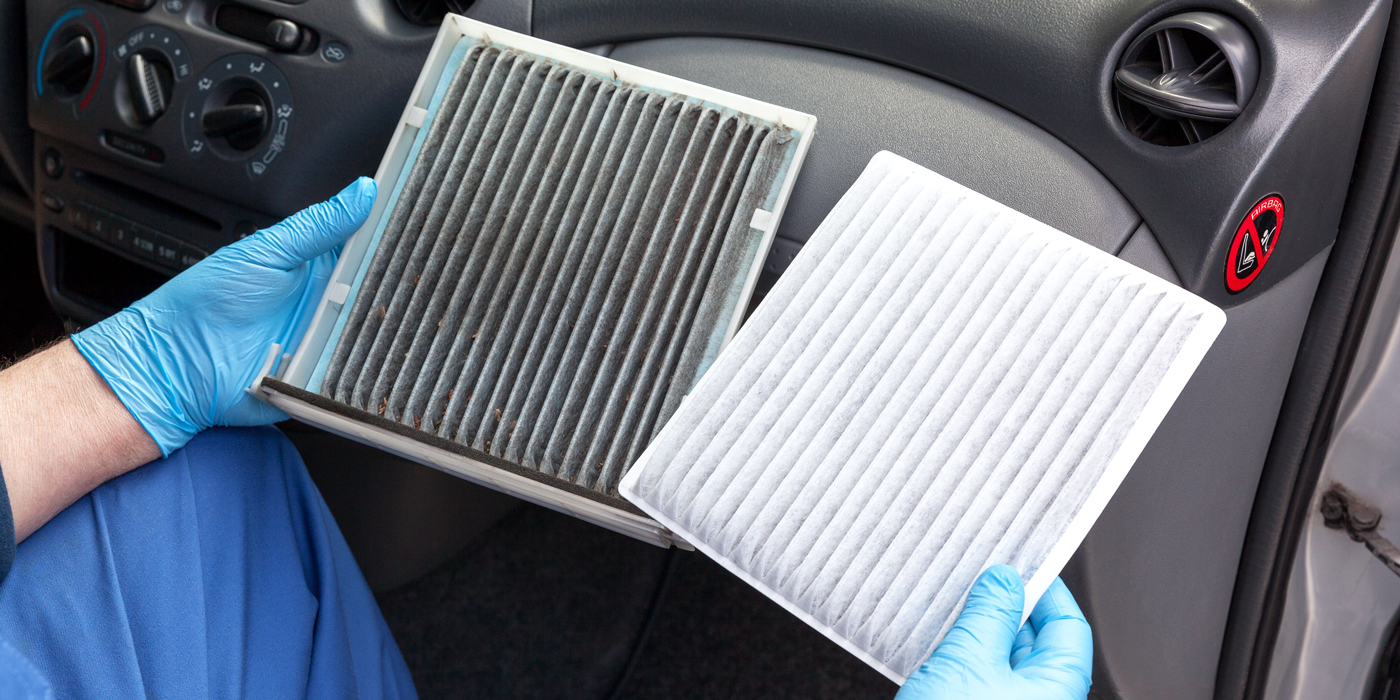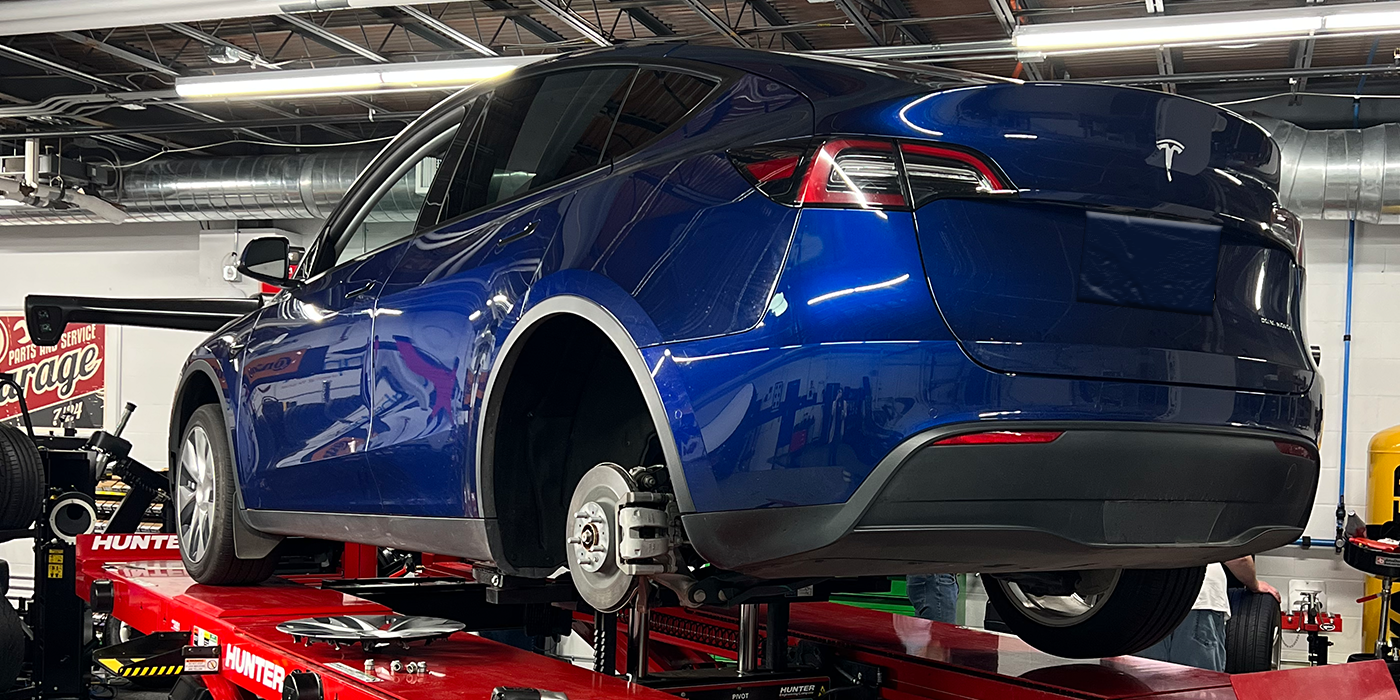To achieve the proper valve spring height while using the minimum amount of valve spring shims can be challenging when working with applications that use other than stock components.
There has never been an industry standard to compare the relationship of retainer heights with each other, although some manufacturers have previously listed its retainer heights by comparing them with each other. This has been somewhat helpful if you have at least one of the retainers on hand for comparison purposes, but doesn’t properly address the variations of valve stem diameters, valve stem lock thicknesses, and taper angles.
This new information provides a measurable dimension that can be easily checked for the cylinder head and valve combination you’re working with. No sample retainers or fixtures are needed. The retainer height dimensions listed indicate the relationship of the outer step of the retainer that the outer valve spring sets against, with the top of the valve stem lock groove in the valve stem.
If the dimension listed is .000", the outer retainer step, and the top of the lock groove are at the same height. If the dimension is positive, such as .060", then the outer retainer step is .060" above the top of the lock groove. If the dimension is negative, such as -.040", then the outer spring step is .040" below the top of the lock groove. (See illustration for a visual explanation).
This will enable you to measure from the valve spring seat on the cylinder head, to the top of the lock groove in the valve, then compare that dimension to your desired valve spring assembly height (refer to supplier for specific dimensions and additional information). If you need an assembly height that’s .060" higher than your measured dimension, check the listings for the applicable retainers for your valve springs, and look for a height figure close to .060".
Remember, most valve stem locks are also available in +.050" and -.050" heights, to extend the available height combinations that can be created.
Courtesy of Crane Cams













